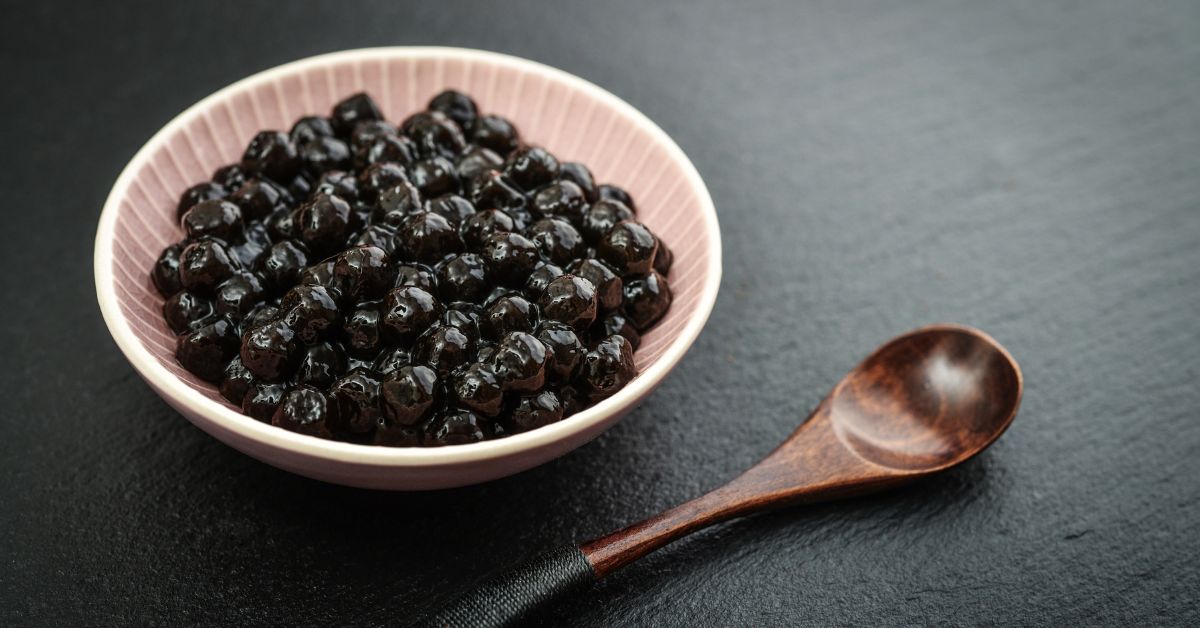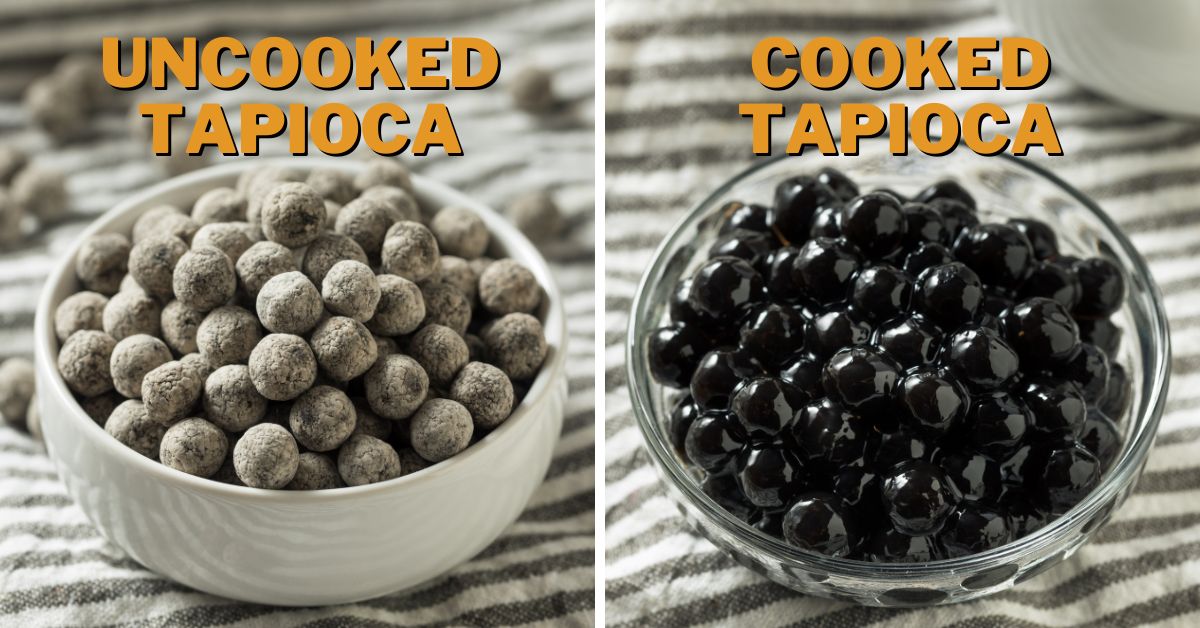How to Store Tapioca Pearls? How Long They Last?

Tapioca pearls or boba pearls are small edible spheres that are most famous for their use in bubble tea. Their purpose is to create foam and bubbles in beverages like tea, making it more fun and pleasant to drink. On the downside, tapioca pearls aren’t as available as other products, and the best place to buy them is online, which brings up another issue, how to store tapioca pearls and how long they last?
Tapioca pearls are very durable and can last anywhere from nine to 12 months after production, depending on the particular brand. The tapioca pearls need to stay sealed; otherwise, they won’t last long.
A problem many people face is the storage of tapioca pearls. Unless you serve 20 people at once, you will likely have tapioca pearls left, and you’ll need to properly store them so you can enjoy them for a long time. The standard tapioca pearls pack is about 32 ounces or almost one kilo, which is a lot. Therefore in the following paragraphs, I will explain how to store tapioca pearls and how to make the most of them.
How to Store Cooked Tapioca Pearls?
After you cook the tapioca pearls, you can leave them at room temperature for four hours, after which you will have to store them either in the fridge or in the freezer.
To refrigerate the tapioca pearls, cover them with sugar or sugar syrup. This way, they will be good in the fridge for about three days. This technique is also known to be effective in keeping the tapioca pearls at room temperature, but I don’t recommend it, as the sugar or the sugar syrup can get melted and become sticky.
Do not refrigerate the cooked tapioca pearls alone without the sugar or sugar syrup, as they will lose their quality due to dehydration.
To freeze your cooked tapioca pearls, you need to place them in a zip lock bag and make sure you squeeze out the excess air. Place the bag in the freezer, positioning it flat, making sure nothing is pressing onto the bag. Your cooked tapioca pearls will be good for a few months.
When you want to use them again, put the cooked tapioca pearls in boiling water until they defrost and then cover them with sugar or dip them in honey, as the freezing will certainly take some of their sweetness.
Also, depending on the number of tapioca pearls you are freezing, I’d recommend you divide them into several baggies because once you defrost the tapioca pearls, you won’t be able to freeze them again as they don’t do well double-frozen.
How to Store Uncooked Tapioca Pearls?
If you don’t open the tapioca pearls packet, you can keep the uncooked tapioca pearls for as long as it says on the packaging, which is from nine to 12 months, depending on the manufacturer. Since you like to have some amount of the tapioca pearls left unused, reseal the package and make sure they are protected from external elements, such as warmth or light.
Whether you store unsealed, uncooked tapioca pearls or you store the sealed package; you should keep them below room temperature and make sure your tapioca pearls are not exposed to direct light. You should also make sure you use up your leftover tapioca pearls in the next 48 hours, as they decay pretty quickly after being unsealed.
If you want to store your uncooked tapioca pearls for longer, the fridge is not an option, as they will significantly diminish. To store your uncooked tapioca pearls for longer, you should freeze them. Place the tapioca pearls on a baking tray and cover them with plastic foil.
Place the tray in the freezer and leave it there for a few hours for the tapioca pearls to freeze. Afterward, take the tray out of the freezer and place the tapioca pearls in zip lock bags. This way, your uncooked tapioca pearls will be good for a few months.

How to Store Homemade Boba Pearls?
Homemade boba pearls are very easy to store and, in each case, much easier than store-bought. However, making your own boba pearls is a tedious task, which is why many opt for the store-bought version.
To store your homemade boba pearls, simply place them in an airtight container and store them in a cool, dry, and dark area. Stored this way, your homemade boba pearls will be good for about six months.
You can also refrigerate them, but the fridge will significantly dry them out. Nevertheless, they will be usable but won’t be up to their full potential.
How Long Do Tapioca Pearls Last?
Unsealed uncooked tapioca pearls last from nine to 12 months, depending on the brand. Unsealed uncooked tapioca pearls last two days at room temperature or a few months in the freezer.
Cooked tapioca pearls last for four hours at room temperature. In the fridge, they last for three days; in the freezer, your cooked tapioca pearls are safe for a few months.
Using homemade boba pearls will be good for up to six months if stored in an airtight container and in a dark, cool, and dry room.
How to Know If Boba Is Spoiled?
The boba pearls show some very visible signs of being spoiled. The first sign is usually dehydration. The boba pearls should be plump and round, so if you see them getting wrinkled and dehydrated, it means that they are well on their way to spoiling.
Another sign is patch discoloration. If your boba pearls have some lighter spots on the surface, it means that the spoiling process is underway. The last stage is the appearance of mold, which is a painfully clear sign that it is all over.
Spoiled boba pearls also smell bad, so even if they don’t show any visible signs, their smell will give them up.
How to Keep Boba Fresh?
The best way to keep boba fresh is to cover them in sugar or dip them in syrup or honey. The sugar will prevent the boba from losing its flavor and add some sweetness, making it even tastier.
Do Tapioca Pearls Expire?
Yes, tapioca pearls expire. Tapioca pearls expire either nine months after being made or 12 months after making, depending on the brand and manufacturer.
